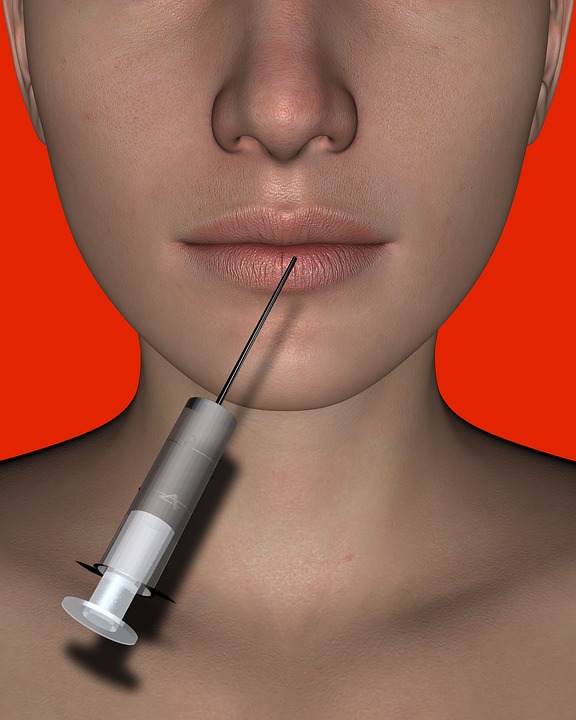Prejuvination has become a staple term in millennial vocabulary. However, according to Dermatology Times, the practice has generated conflicting opinions among dermatologists.
Bone loss begins at age 25, and can contribute to pathophysiologic signs of aging because the muscle no longer has a bone to rest on. San Diego-based dermatologist Sabrina Fabi, MD, says that because of this bone loss, wrinkles and fine lines might pop up in 20 or 30-year-olds, and treatment is a feasible way to erase them. In one long-term study Dr. Fabi helped write, 89.7 percent of patients who were treated with onabotulinumtoxinA injections for an average of approximately 9 years were perceived to be 6.9 years younger than their actual age.
Joshua Zeichner, MD, has noticed a significant trend of women celebrating their 30th birthday by treating the vertical lines between the eyebrows. He only recommends treating fine lines and wrinkles when they set in at rest, which can occur at any age. “If a line is not there, I do not presume that it will develop any time soon, so I do not recommend treatments to those patients,” he said.
There are dermatologists who don’t think there’s enough evidence to promote prejuvination. American Academy of Facial Plastic and Reconstructive Surgery president Phillip R. Langson, MD, believes that patients shouldn’t be treated to prevent aging; “I treat them to try and reverse the signs of aging with fillers,” he said. He also advocates for medical-grade daily skin exfoliation and chemical peels to promote more supple skin and delay signs of aging.





